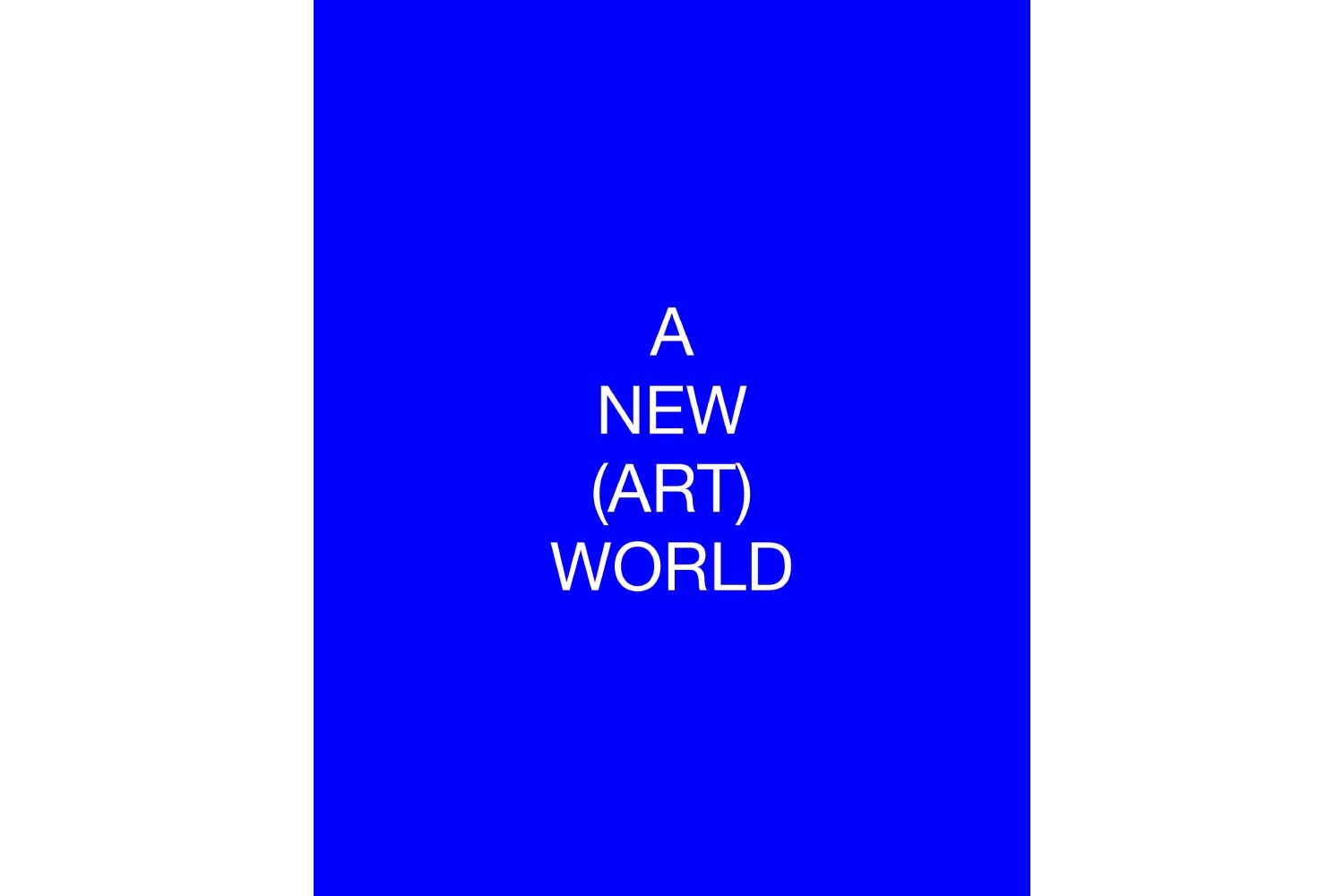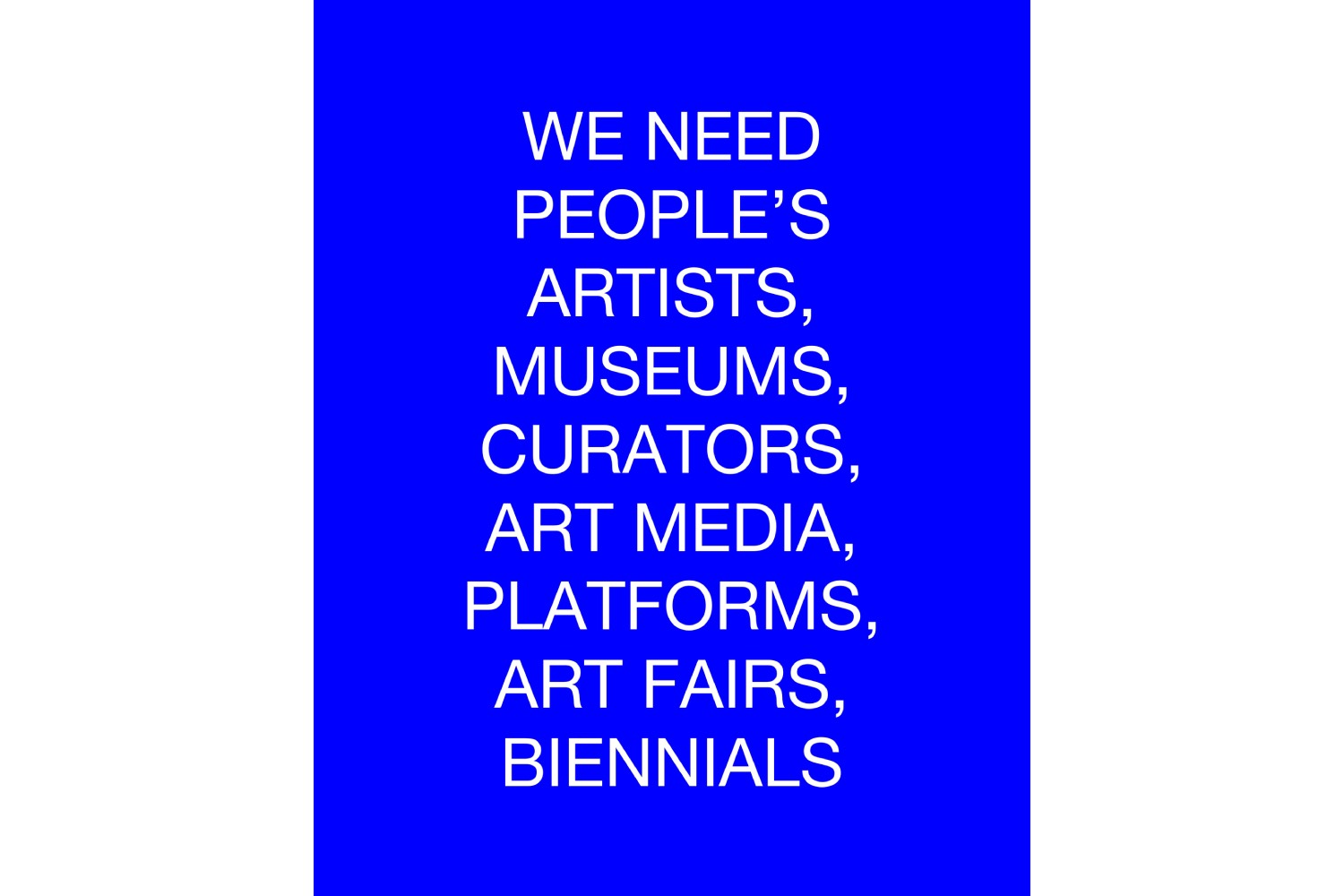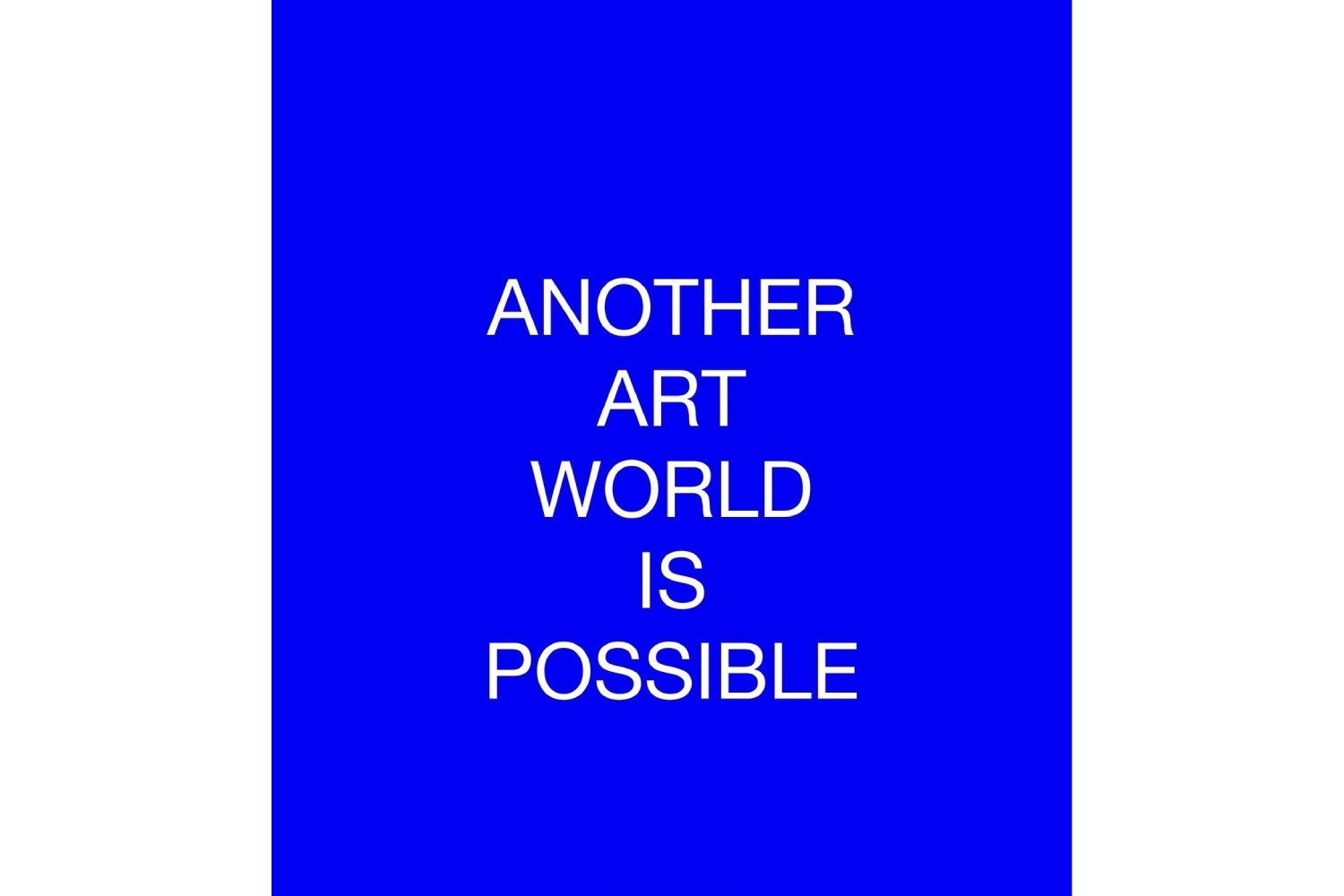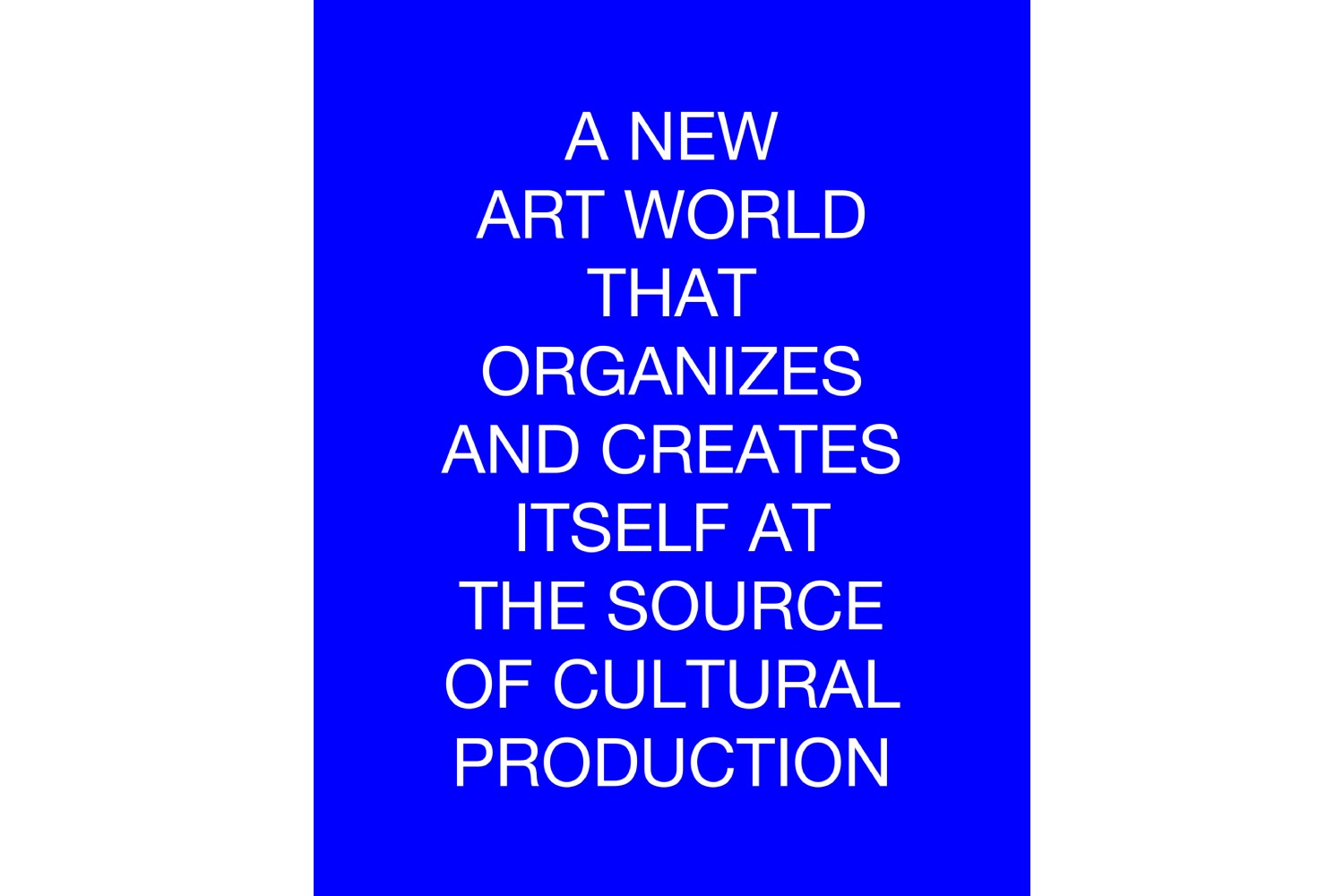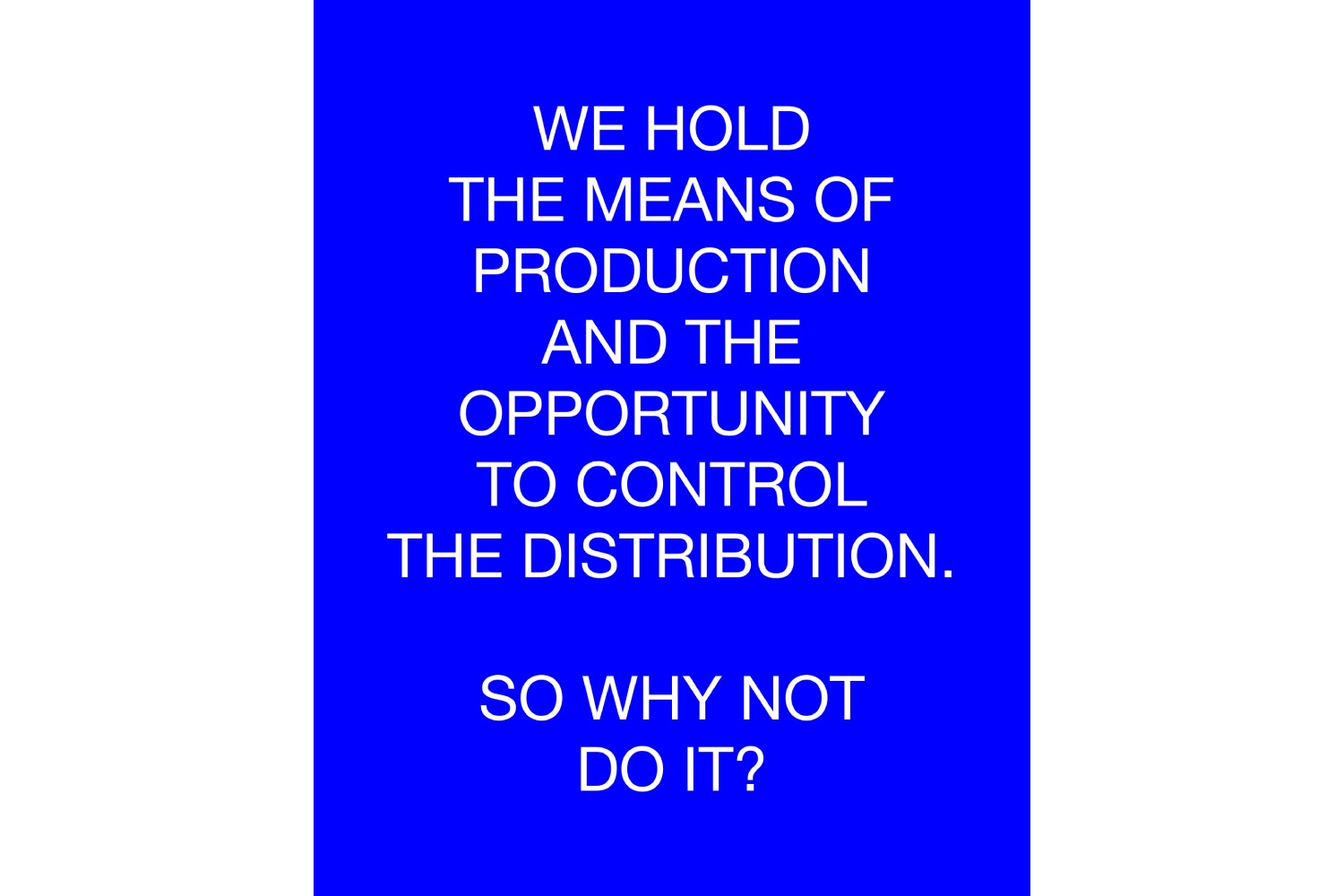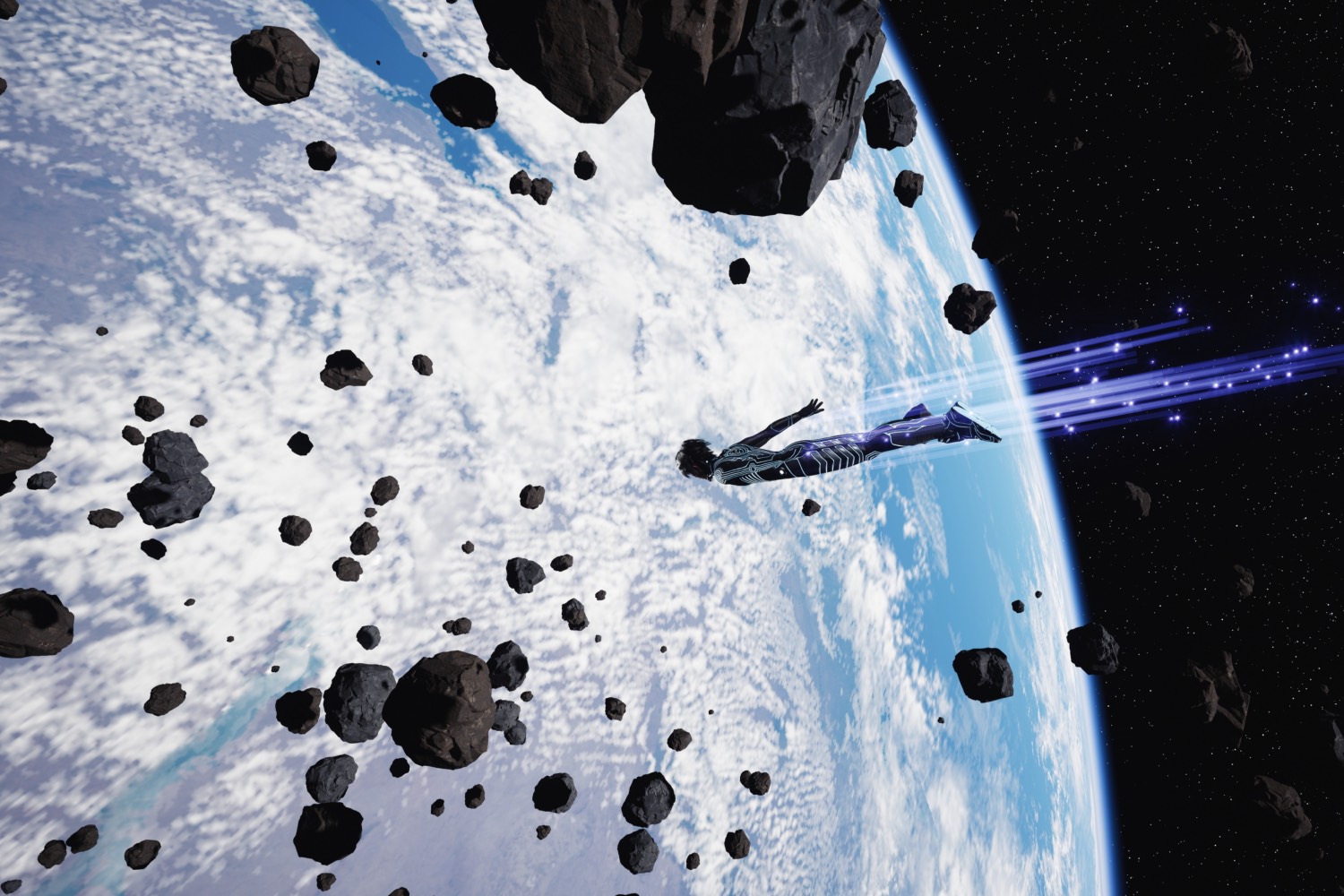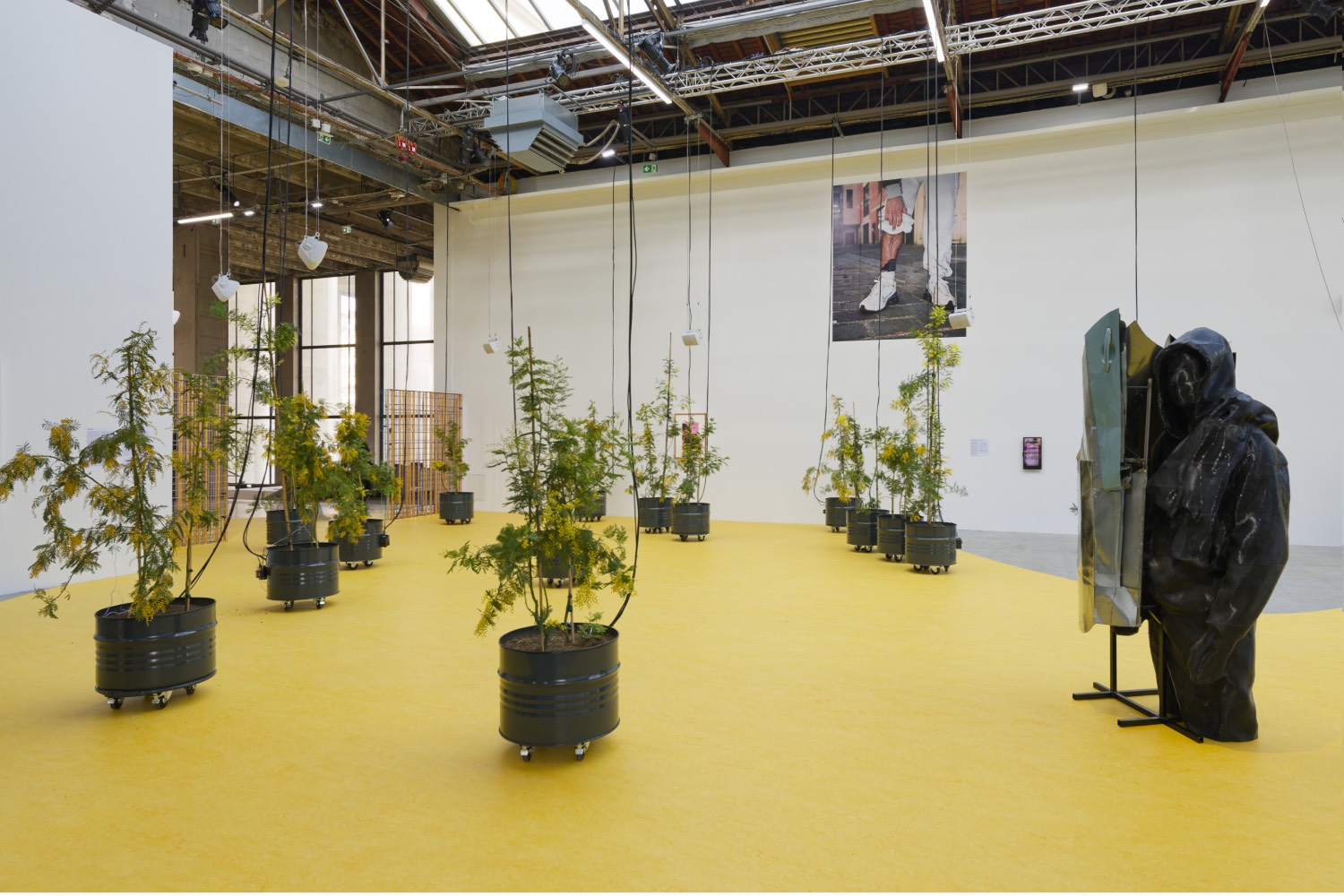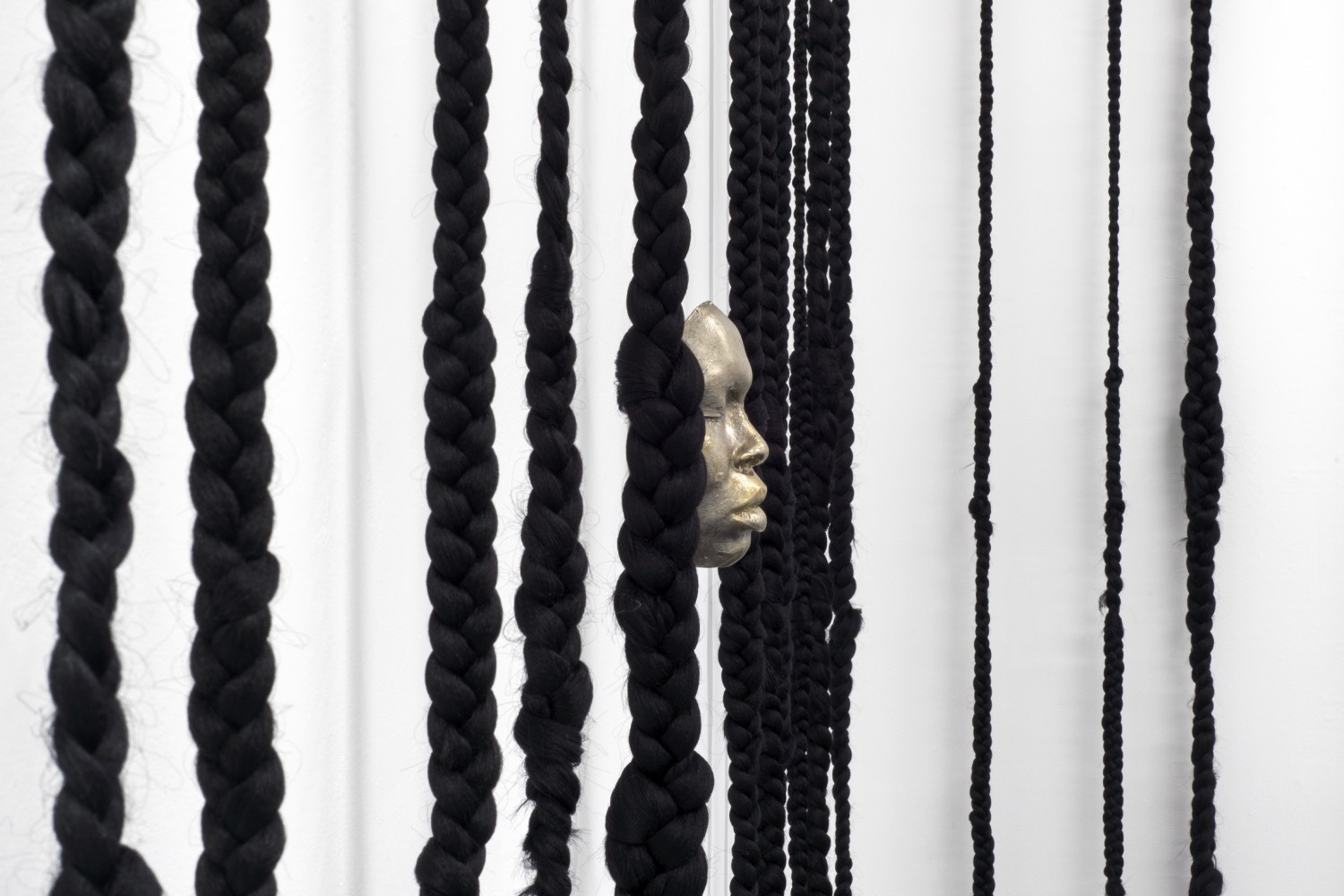We are living in surreal times. A lot of unimaginable things have happened over the past eight months, and we are still trying to process them. The people we thought we knew, the media organizations we trusted, the museums we supported, the art world we thought stood for freedom of speech, and the Western governments that championed human rights are all gone. In their place, we have a constant pain in our gut from seeing the continued and indescribable suffering of the Palestinian people. A pain that almost seems like it will be there permanently. This article isn’t about Palestine, yet I see almost everything in the world as related to it, maybe because all struggles are connected.
Even though some among us might have only recently started to connect the dots and realize how the art world is structured, some always knew. They attempted for years to communicate it to their peers, wrote books and articles, spoke at forums, tried to decolonize, and even created anonymous meme accounts. Despite their debatable popularity, these attempts did not result in structural change.
These voices, often receiving wide support, have highlighted the systemic issues within our cultural industry for decades. Such growing awareness is a testament to their enduring resistance and the pressing need to amplify their messages.
The art world has long been opaque, elitist, and controlled by interests that do everything possible to stifle attempts to challenge its status quo. For a long while now, art has been inadequate, insufficient, and ill-suited to addressing the critical issues of our times. Has it always been like this?
A glance at past art movements reveals a cyclical struggle between innovation and conservation, with periods of radical change systematically reabsorbed by commercial and elitist interests. This cyclical pattern underscores that the system eventually absorbs radical approaches and that there is a need for a different approach to revolutionizing the art world — one that goes beyond periodic upheavals.
Museums and institutions that we support have long signaled their unwillingness to resist the takeover of their boards by a ruling class that benefits from wars, misery, and poverty around the world. The ruling class and their interests have a need to artwash the bloody footprints of capitalism. It is now fair to say that these institutions have failed us. Can you imagine a future in which we still support these failed institutions? I, for one, cannot. Also, after many years of effectively challenging the status quo, I now advise against changing or reforming the existing art world. We need A NEW ART WORLD.
Yes, we need a new art world. How do we create one?
Isn’t it the role of artists and curators to be critical and utopian — to create new utopias? Who, if not us, will dream up a new system in which we can thrive as participants? It is time to start dreaming. It is time to stop the old ways of the elitist art world and connect with each other. It is time to create a new system that benefits us, not the ruling class. It is time to remind and push each other to follow through until we make it happen.
The construction of a new art world begins with radical imagination and the courage to offer an alternative to what no longer serves artists and art workers responsible for cultural production: a community that takes care of itself and does not allow itself to be controlled by the ruling class. We need to prevent our cultural output from falling into the hands of asset-gathering “collectors” who suppress our freedom of speech and support colonial violence.
Honestly, there has never been a better time to do this than now. There is a need for solidarity, to build a strong support system against the current climate of censorship and silence. We must dismantle art-world systems created to diminish the independence of — to suppress, censor, or control — artists, curators, galleries, and institutions. Our focus must be on people and groups who try to control us, no matter who they are.
We need independence. How can we, and this new art world, be independent when we rely on funding from sources who are trying to control us and are directly responsible for wars and colonial violence?
It is time to dream of new funding models — funding models that do not enslave artists to collectors and gallerists, who meanwhile can take their works to auction and ruin their market. I know this well because hundreds of artists have personally told me that this must be the priority; they never want to participate in a system that controls and silences them.
We need systems that value artistic expression as a means of societal reflection, not just as a commodity. It is crucial to develop cooperative art production and distribution models that prioritize community with all its participants: artists, writers, curators, art handlers, and more. We have to protect art and art’s purpose from vicious capitalism and the ruling class.
The new art world could integrate with the old art world. We should not rule this out. Recent technological advancements that use smart contracts allow us to create a model that places the creative class in complete control of the future of cultural production. We make the culture, so we can dictate the terms of its use and the limitations of its future owners. One crucial point here is to prioritize the care and financial well-being of our community before the integration starts.
I’m proposing a new art world that organizes and creates itself at the source of cultural production. We hold the means of production and the opportunity to control the distribution. So why not do it? This might be a good place to start dreaming (or meditating, whichever works better for you).
While we collectively reimagine what’s next, build solidarity networks, and dismantle art-world systems, we should simultaneously become selective with our support. We should avoid supporting entities that support the old system, and we should add the prefix “people’s” to the name of every new entity we support.
We need people’s museums, artists, media, publishers, curators, platforms, art fairs, biennials, and more. We can start by asking these simple questions to determine if we should classify them as “people’s.” What have they done, and what are they currently doing to support oppressed indigenous people? Is their support a facade, or do they really mean it? Did they give support when help was really needed, or only after the fact?
This new art world will not be built overnight or in a short period. It will be a marathon. We just need to take the first step with faith and create practices that come from the community and benefit the community. As participants and workers of the art world, we need to ensure that big money and special interests are not able to exploit our labor and turn us into pawns. We can take care of each other.
So all you utopians and dreamers, get to work. Reach out to us with your ideas for the new art world at Collecteurs. We will select from submissions and publish them.
Dream big, be independent. Imagine new and sustainable funding models that benefit us first. Don’t forget to build bridges and connect with others. As Nan Goldin said, “Solidarity is the answer. The more of us there are, the more of us there are.”
If you can dream it, you must do it.
To A NEW ART WORLD.

